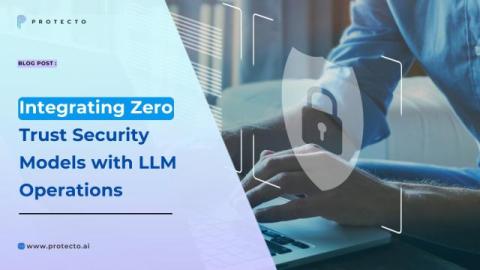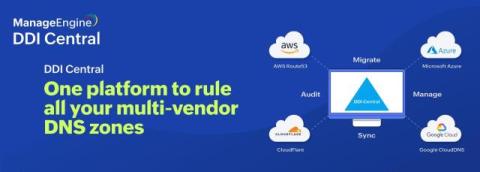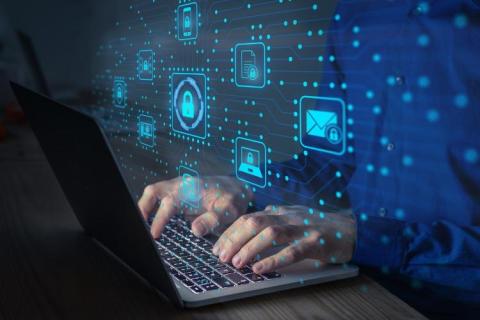How to Choose the Right Internet Provider
Are you looking for the best internet provider but need help figuring out where to start? Choosing the right one is very important. It affects how you work, learn, and relax at home. Nearly 97% of people in the U.S. use the internet right now, which shows how important it is for everyone to have good internet service. Before you choose, consider what's most important to you. You may need really fast internet or good customer support.











